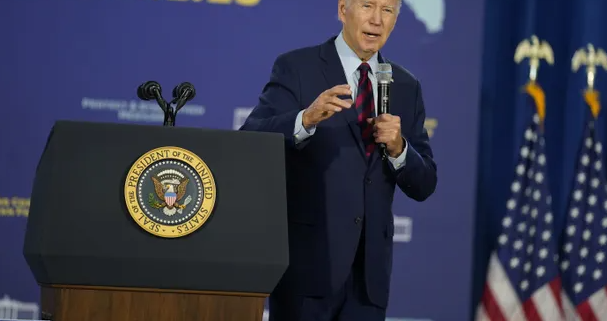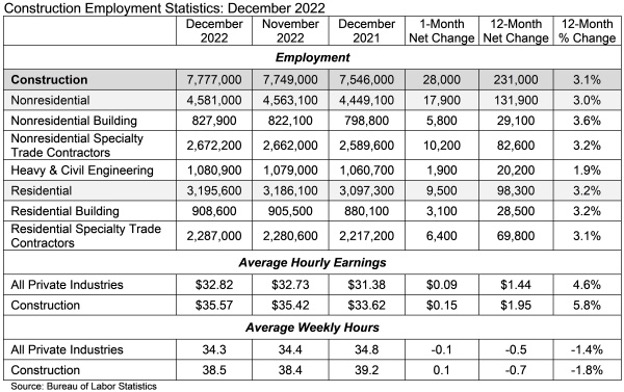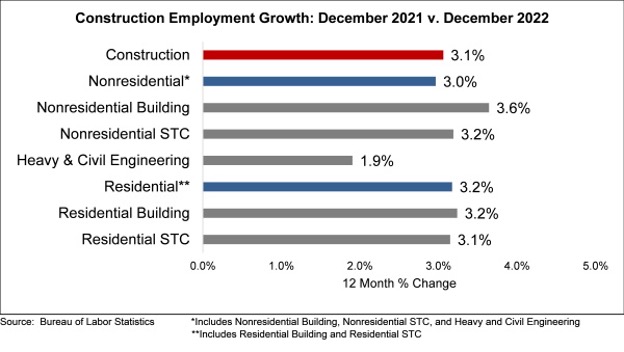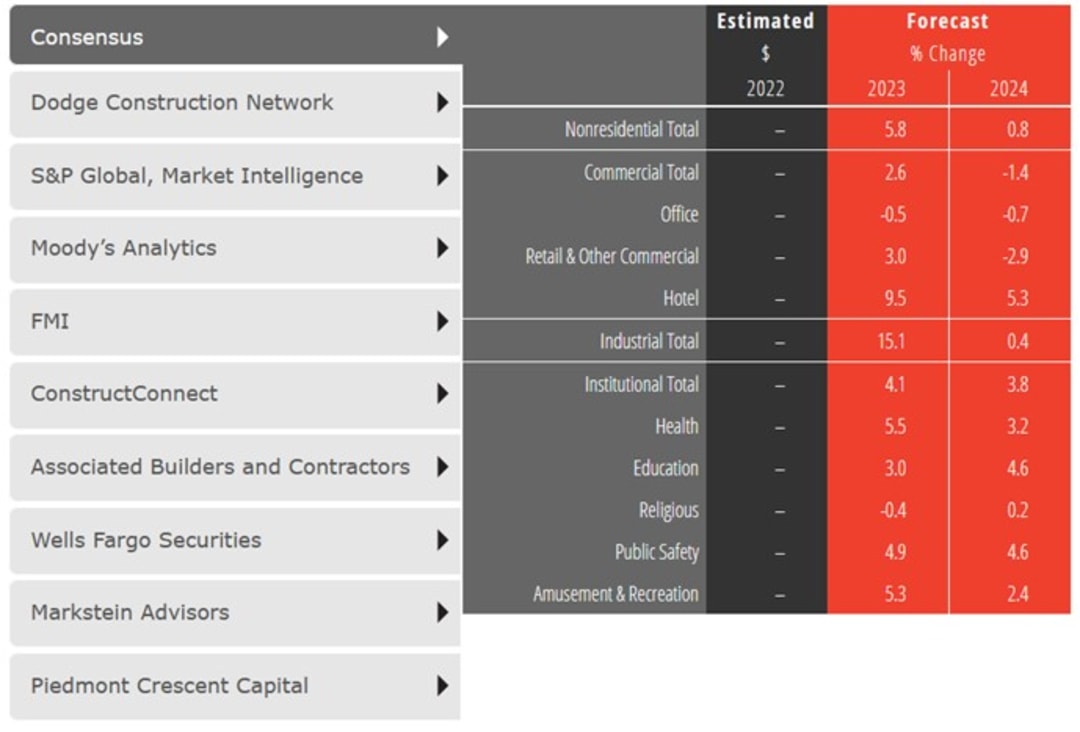Education Bills Seeking to Overhaul School Curriculum Advance in Indiana Legislature
By Casey Smith | Originally posted on Yahoo.com
Broad career readiness initiatives, changes to K-12 literacy curriculum and incentives for up-and-coming teachers are at the heart of multiple education bills advancing through the Indiana legislature.
State lawmakers in House and Senate education committees collectively took up more than a dozen bills on Wednesday. Most of those measures advanced or are scheduled for committee votes next week.
Here’s a snapshot of the latest education-related developments at the statehouse.
The House education committee approved, 8-4, a wide-ranging bill that seeks to “reinvent” high school curriculum. Bill author Rep. Chuck Goodrich, R-Noblesville, said his proposal — a priority bill for the caucus — aims to narrow the “skills gap” between Hoosiers and employers.
The bill seeks to expand work-based learning in Indiana high schools, like apprenticeships and internships.
It would also create career scholarship accounts that are similar to Indiana’s school choice voucher program. Grants could be used by students in grades 10-12 to pay for career training courses, apprenticeships and certifications outside of the student’s school district.
The amount each participating student can receive to pay for apprenticeships, coursework, or certification would be based on a calculation of the state dollars that their school receives.
Democrats pushed back on the bill, however, saying language around credentialing programs is still too vague.
New teacher incentives
House lawmakers additionally supported two bills that seek to increase state scholarship dollars available to future teachers.
One of the proposals would increase certain scholarship amounts in an effort to attract more students into teaching — particularly black, indigenous and people of color (BIPOC).
Attracting educators of color has been an ongoing concern for local schools and policy makers. Indiana had 79,120 full-time teachers in the 2019-20 school year, according to state data. Of those, 92% were white.
Those who testified in support of House Bill 1637 said the increased dollars would help BIPOC educator recruitment — good news for Indiana’s ongoing teacher shortage. Supporters said the bill would also provide much-needed support to address achievement gaps among Hoosier students of color.
The bill passed 12-0 out of the House education committee.
A separate measure, House Bill 1528, would allow Hoosiers in an alternative teacher certification program to apply for up to $10,000 under the Next Generation Hoosier Educators scholarship program.
The bill passed 13-0 with an amendment to limit the program to $1 million. Democrats expressed concern that the funding won’t be enough. Rep. Bob Behning, R-Indianapolis, who chairs the committee, said the current spending ceiling is intended to keep the bill from getting killed in the the fiscal-minded ways and means committee.
Automatic enrollment for 21st Century Scholars program
Another bill heard in the House education committee would automatically enroll eligible Hoosier students in the 21st Century Scholars program — a statewide grant program that funds student attendance at two- and four-year schools.
House Bill 1449, authored by Rep. Earl Harris Jr., D-East Chicago, unanimously passed the committee and now heads to the full House for further consideration.
“Thousands of students a year miss out on opportunities that 21st Century Scholars can provide for them,” Harris said. “Not having this funding there to help with education — for a lot of a lot of people — means they do not continue their education … it affects the future of our workforce here in the state of Indiana.”
Indiana Gov. Eric Holcomb made automatic enrollment in the 21st Century Scholars program a priority within his 2023 legislative agenda. Administration officials said auto-enrollment shouldn’t be a cost to the state for six to seven years.
Science of Reading bill draws mixed testimony
Senate Bill 402, filed by Sen. Aaron Freeman, R-Indianapolis, would define the “science of reading” and require schools to adopt such curriculum.
The “science of reading” is defined in both bills as the successful integration of concepts such as phonics, vocabulary and comprehension in reading.
Although Indiana lawmakers and education advocates have repeatedly said the state needs to take action to improve the state’s dismal literacy rates, some provisions in Freeman’s bill drew hesitation, especially from teachers.
The Indiana State Teachers Association (ISTA), the state’s largest teachers union, specifically pointed to language in the bill that directs schools to post reading materials online for inspection by parents.
“Our main point of contention in this bill is a requirement that every single material used in connection with K-8 reading must be placed on a website at the beginning of the school year and updated each semester,” said Jerell Blakeley, ISTA’s director of government, community, racial and social justice. “I think there’s an opportunity for us to get to a common sense solution that furthers the agenda of the bill, as well as to — I can’t believe I’m saying this — deregulate aspects of teaching in Indiana.”
Freeman told the committee he’s meeting with teachers and education groups to address concerns about that portion of the bill. The proposal could come up for a committee vote as soon as next week.
Other bills on the move
In the Senate education committee, lawmakers approved a bill to bring the Dolly Parton Imagination Library program to the entire state. The bill passed 11-0 and now goes to the appropriations committee.
Additionally, Senate Bill 480 passed narrowly, 7-6, onto the full Senate. The bill seeks to streamline numerous teacher regulations. Democrats and teacher union representatives said it also makes “concerning” changes to discussable items during collective bargaining.
All four Democrats on the committee voted against the bill, along with GOP Sens. Jean Leising, R-Oldenburg, and Dan Dernulc, R-Highland.
Sen. Jeff Raatz’s SB 380 also passed the committee in a 9-4 vote and heads to the Senate chamber. State senators heard mixed testimony last week on the bill, which places restrictions on high school graduation waivers and doubles down that schools can have dress codes.
An amendment to the bill approved by the senate committee on Wednesday would further require districts to post high school graduation rates online. The latest draft of the bill also sets a 10% cap on the number of students who can graduate from a school with a waiver before July 1, 2027. After that, the cap drops to 5%.
Another bill that seeks to help Hoosier students regain access to their college transcripts was put on hold, however. Raatz said lawmakers are continuing to have discussions about provisions in the bill.






 Associated Builders and Contractors Institute Apprenticeship College (ABCI), the education and training arm of Associated Builders and Contractors Florida East Coast Chapter, is pleased to announce that Ladd Henley has joined as Occupational Safety and Health Director.
Associated Builders and Contractors Institute Apprenticeship College (ABCI), the education and training arm of Associated Builders and Contractors Florida East Coast Chapter, is pleased to announce that Ladd Henley has joined as Occupational Safety and Health Director.





